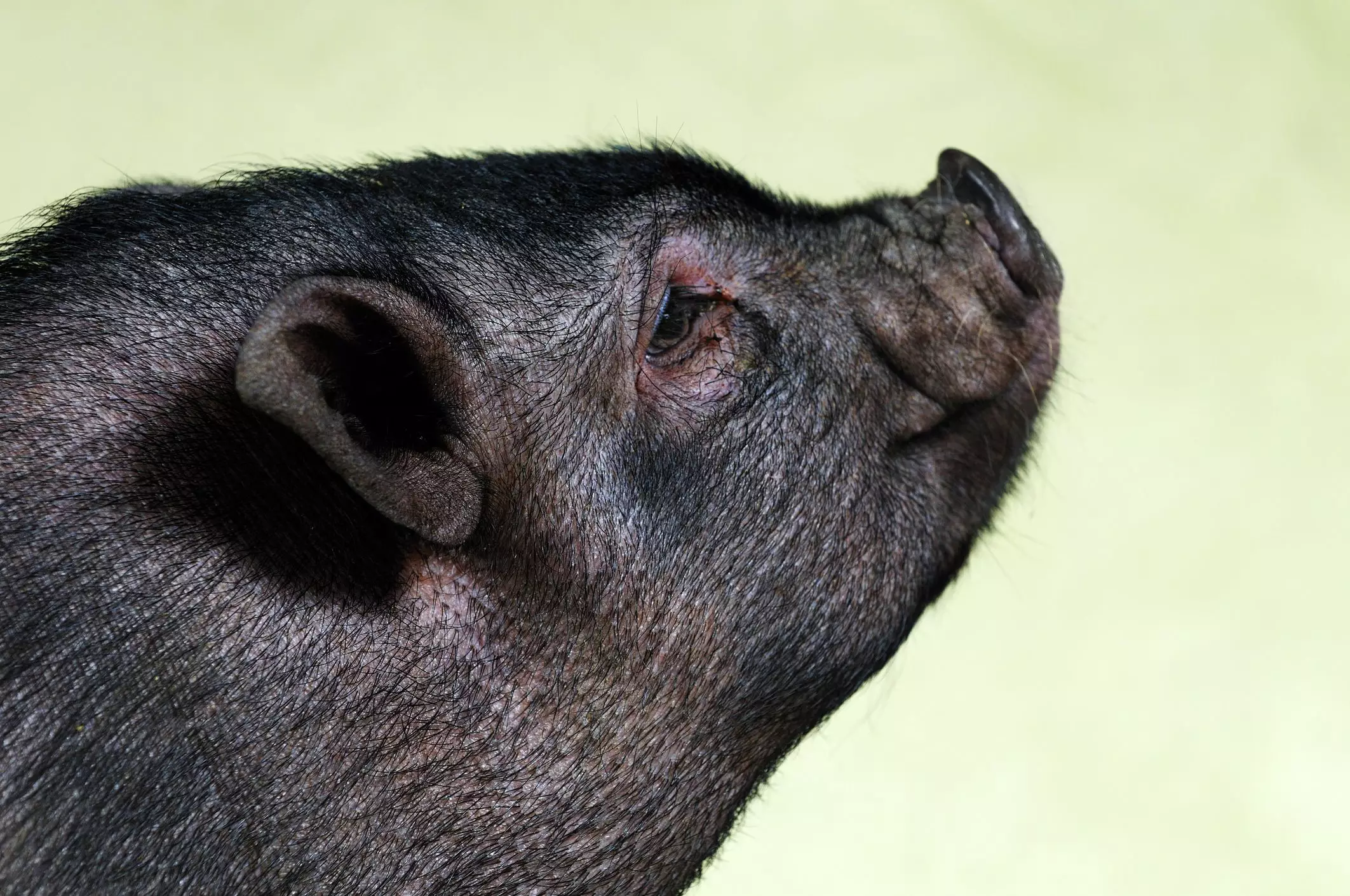Pot-bellied pigs are undeniably enchanting, and their growing popularity over recent years has caught the attention of many, including celebrities. Having been spotlighted at events like the Golden Globes, where special vouchers for Royal Dandie Miniature pigs were distributed, it is clear that these little creatures have made a name for themselves. However, while their endearing nature has captured hearts, the complexities of pig ownership require careful consideration.
Within the domain of pot-bellied pigs, there are multiple varieties, each differing in size, appearance, and temperament. As with many companion animals, discrepancies arise among breeders in terms of nomenclature and size classifications. Some pigs, often marketed as “teacup” or “mini” breeds, can lead to misleading expectations concerning their ultimate size and health. It’s crucial for potential pig owners to approach breeders with skepticism and to inquire about the breeding practices involved.
Most veterinarians, along with established pot-bellied pig literature, urge buyers to be wary of any claims that suggest a healthy pet can remain below a certain weight threshold—typically under 50 pounds. Such claims are often rooted in unethical breeding practices aimed at producing undersized pigs at the expense of their long-term health. It is not uncommon for these smaller pigs to experience a shortened lifespan due to health complications arising from malnutrition and genetic problems.
Moreover, not all pigs marketed under catchy titles adhere to the same standards. Varieties can range from the classic pot-bellied pigs, which can push upwards of 125 pounds, to the elusive micro mini pigs, which may weigh as little as 18 pounds. This disparity is often exacerbated by breeders wishing to capitalize on the growing demand for smaller pigs.
One might assume that caring for a pot-bellied pig would be as simple as feeding it and providing space to roam. However, the reality is that these animals require specific dietary management and environmental conditions to thrive. Pot-bellied pigs are particularly prone to obesity, which is often a direct result of overfeeding and lack of exercise. Recognizing the signs of obesity is vital—if a pig develops a roll that obscures its eyes, it may be time to reevaluate its diet and feeding schedule.
Dietary guidelines are essential for pot-bellied pigs, suggesting a more sophisticated regime than merely filling a bowl. Adult pigs generally should consume a high-fiber, low-protein diet while being limited to specific amounts of commercial pig feed along with fresh vegetables. Additionally, owners are advised to avoid starchy vegetables and fruits high in sugar content due to pigs’ susceptibility to weight gain.
Regular vet check-ups are non-negotiable. These sessions can help determine a pig’s ideal weight and address any dietary adjustments necessary to ensure optimal health. Furthermore, it’s essential to consider that free feeding may lead to overeating in some pigs, so structured meal times are often recommended by experts.
Caring for Your Indoor Pet Pig
Pot-bellied pigs can make delightful indoor companions, but they require unique care to thrive in a home environment. Just as one would baby-proof a house to ensure a toddler’s safety, similar precautions should be taken to make a home pig-proof. Creating a designated space for the pig to relax and rooting through treats enhances their quality of life.
Potty training can be successfully achieved through positive reinforcement, but unlike traditional pets, pigs respond best to verbal praise rather than treats. Providing an indoor rooting box filled with pebbles or an area to explore can stimulate their natural behaviors and keep them mentally engaged.
Physical activity is crucial for maintaining a healthy weight and overall happiness. Allowing pot-bellied pigs outside to root in untreated soil offers them not only exercise but also important nutrients found in the ground, preventing constipation and promoting a balanced diet.
Before welcoming a pot-bellied pig into your home, it is imperative to consult local regulations regarding pet ownership. Many areas have specific laws governing exotic or farm animals, which may include restrictions or complete bans on pot-bellied pigs as pets.
Pursuing pig ownership should never be an impulsive decision. These animals can live for over a decade and require a committed owner willing to provide lifelong care. From dietary management to regular veterinary visits, the investment in time, effort, and resources is significant.
While pot-bellied pigs are adorable companions, their ownership demands a responsible and informed approach. Those intrigued by the prospect of adopting a pig should meticulously research, ensuring they are ready for the long-term commitment and challenges that accompany these charming animals.

